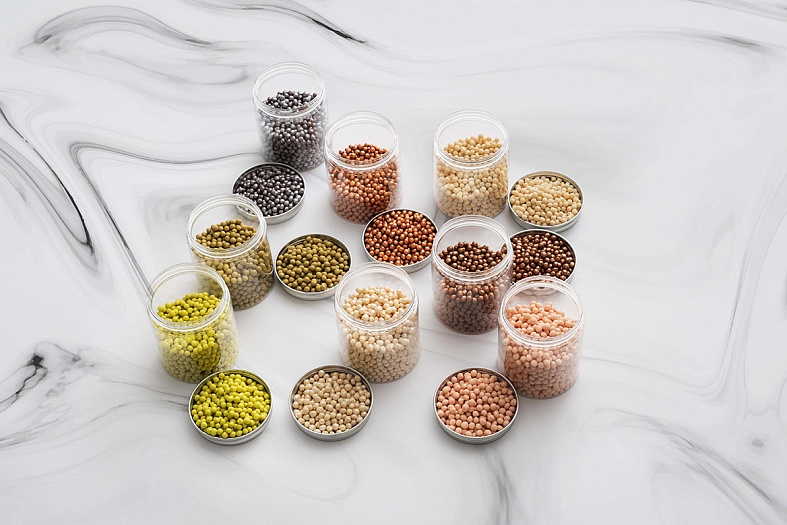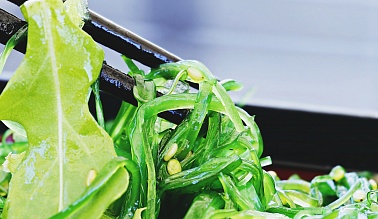Protein XXI: plant-based meat analogues
18.09.2019 | protein
In the past, we discussed the relevance of replacing animal protein with vegetable protein, albeit not completely, but at least partially. It is obvious that modern approaches to protein production cannot be effective in the current situation. They cannot feed a growing population and ensure food security for them. Meat production is unsustainable in terms of land use, water consumption and other raw materials. In addition, more and more people are beginning to take care of animals and are looking for alternative ways of obtaining the protein they need.
Vegetable analogues
In terms of nutrition, plants such as peas or soybeans would be an excellent substitute for animal protein. But many people still prefer meat, it is probably difficult to give up the taste that is released by the gradual opening of the components. This is due to the fibres of the product. Therefore, for lovers of this feature is a lot of research to identify some of the analogues of meat and meat products on a plant basis. For example, Wageningen University and the Technical University of Delft have developed a new technology for the production of plant-based fibrous materials. In terms of their properties, they resemble the structure of the meat we are accustomed to, much more than the options already proposed. Therefore, this fibrous material can form the basis of meat analogues of the next generation.
Vegetable analogues are the main way to reduce animal protein consumption. Pulses and oilseeds are mainly used, e.g. beans, peas, nuts, etc. New, more sustainable sources of protein are now available: insects, algae, recycled waste and surplus food and biofuel production.
Seaweed
Algae have long been eaten, especially in coastal towns. By the way, did you know that you eat algae almost every day and do not even know about it? Many products (ice cream, marmalade, marshmallows, etc.) contain elements that are extracted from algae, such as alginic acids.
Not so long ago it became clear that they can compete fully with other plant sources of protein, such as soya, and are used to develop affordable and nutritious food. In addition to protein, algae contain an almost infinite list of useful elements, due to the peculiarities of the chemical composition.
Insects
There is an assumption that insects will become the main source of protein in the near future. There is no reason to doubt this, because there are already many insect breeding and nutrient production facilities using them.
Of course, many of us find it repulsive to use insects as they exist. But representatives of some manufacturing companies are sure that this is not necessary. Thus, insects are added to different dishes or made into flour.
Bioprocessing
Food & Biobased Research explores ways to purify protein-rich fractions to full ingredients. They can then be used to make protein foods. The technology involves the careful separation and isolation of components. The potential of this method is very wide, as the ingredients have a diverse structure (emulsifying, gel-forming and foaming properties).
Already nowadays, confectionery products, baby food, diet food, canned food, concentrates and many other products are produced by means of extrusion processes. Extruders are actively used to process feed for animals, birds and fish.




